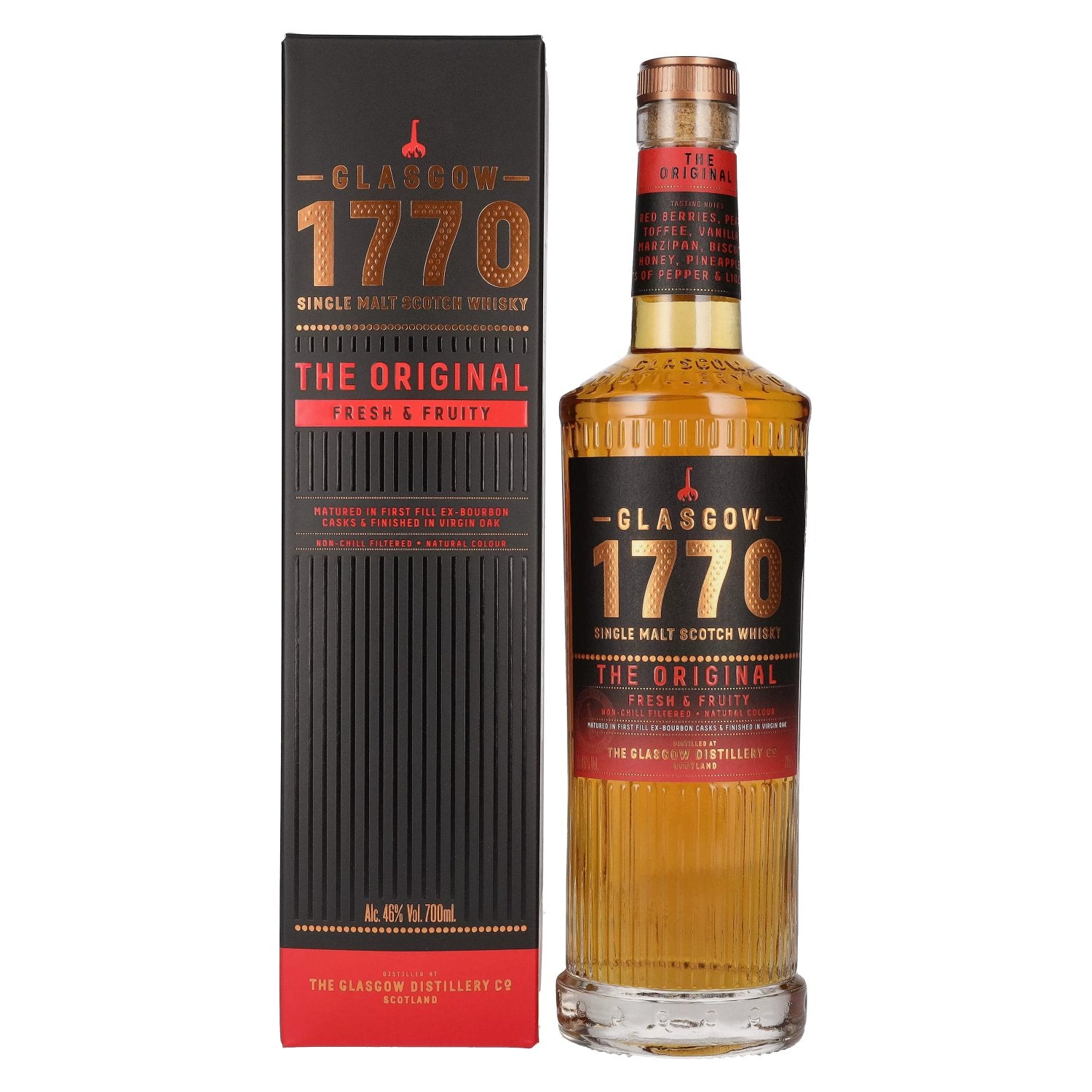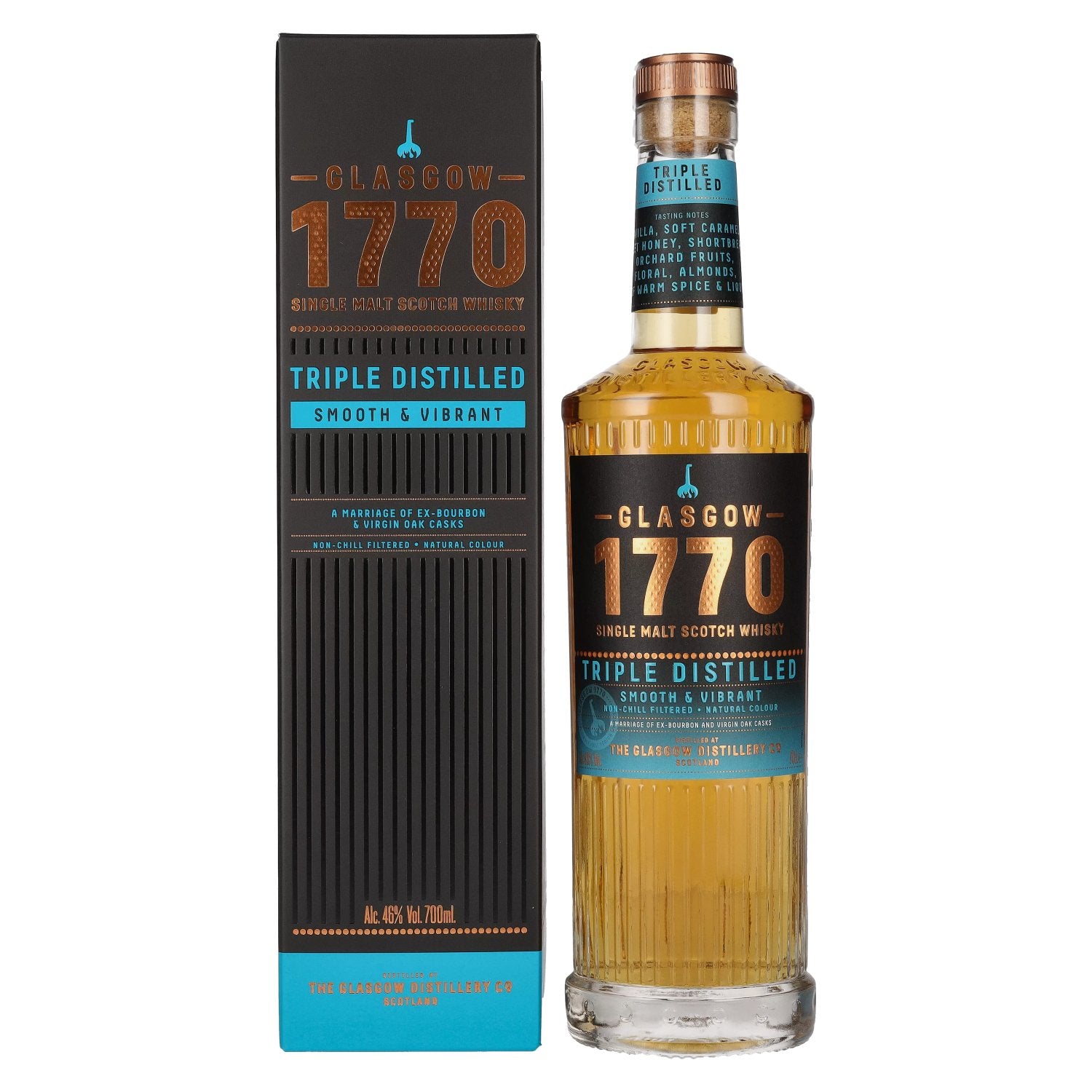Bourbon is more than just a whiskey; it’s a distinctly American spirit with deep roots in the country's history. Known for its rich, sweet flavor and complex aroma, bourbon has captivated the palates of whiskey enthusiasts around the world. The process of making bourbon is a meticulous blend of tradition and science, resulting in a spirit that embodies craftsmanship and heritage. In this article, we will explore the detailed process of how bourbon is made, from grain to glass.
The Ingredients
The journey of bourbon begins with its ingredients. By law, bourbon must be made from a grain mixture that is at least 51% corn. The other grains typically include barley, rye, or wheat.
- Corn: The primary grain, providing the signature sweetness and body of bourbon.
- Rye: Adds a spicy and robust flavor.
- Wheat: Contributes a softer, sweeter taste.
- Barley: Used for its enzymes, which help in converting starches into fermentable sugars during the mashing process.
Mashing
The first step in the production process is mashing. The grains are ground into a coarse meal and mixed with water to create a mash.
- Mixing: The ground grains are combined with water in a large tank called a mash tun.
- Cooking: The mixture is cooked to break down the starches into sugars, making them fermentable. Corn, being the hardest grain, is cooked at the highest temperature, followed by the addition of rye or wheat, and finally barley.
Fermentation
Once the mash is prepared, it is transferred to fermentation tanks, where yeast is added to begin the fermentation process.
- Yeast Addition: Specific strains of yeast are chosen to convert the sugars into alcohol and develop the bourbon’s flavor profile.
- Fermentation Time: The mash ferments for about three to five days, resulting in a beer-like liquid called "distiller's beer" or "wash," which typically contains about 8-10% alcohol.
Distillation
The next step is distillation, where the fermented mash is heated to separate the alcohol from the rest of the mixture.
- First Distillation: The wash is distilled in a column still or a pot still. This process concentrates the alcohol and removes impurities, producing a liquid called "low wine."
- Second Distillation: The low wine is then distilled again in a pot still or a doubler, yielding a higher-proof spirit known as "high wine" or "white dog."
Aging
The distilled spirit, or "white dog," is then transferred to charred new oak barrels for aging, which is a critical step in defining the character of bourbon.
- Barrels: By law, bourbon must be aged in new, charred oak barrels. The charred interior of the barrels caramelizes the wood’s natural sugars and imparts flavor and color to the spirit.
- Aging Process: Bourbon must be aged for a minimum of two years to be called straight bourbon, but many premium bourbons are aged for much longer. During aging, the spirit interacts with the wood, absorbing flavors and developing complexity.
Bottling
After aging, the bourbon is ready to be bottled. The final steps include filtering, proofing, and bottling.
- Filtering: The bourbon is often filtered to remove any charred wood particles.
- Proofing: Water is added to bring the bourbon to the desired bottling strength, typically between 80 and 100 proof (40-50% alcohol by volume).
- Bottling: The finished bourbon is then bottled and labeled, ready to be enjoyed by whiskey enthusiasts around the world.
Conclusion
The process of making bourbon is a true craft, combining traditional methods with precise control and a deep understanding of the ingredients and techniques. From the selection of grains to the aging in charred oak barrels, each step contributes to the unique flavor and character of the final product. Bourbon is not just a drink; it’s a reflection of American history, culture, and dedication to quality.
Next time you enjoy a glass of bourbon, take a moment to appreciate the intricate process and craftsmanship that went into making it. Cheers to the art of bourbon!










